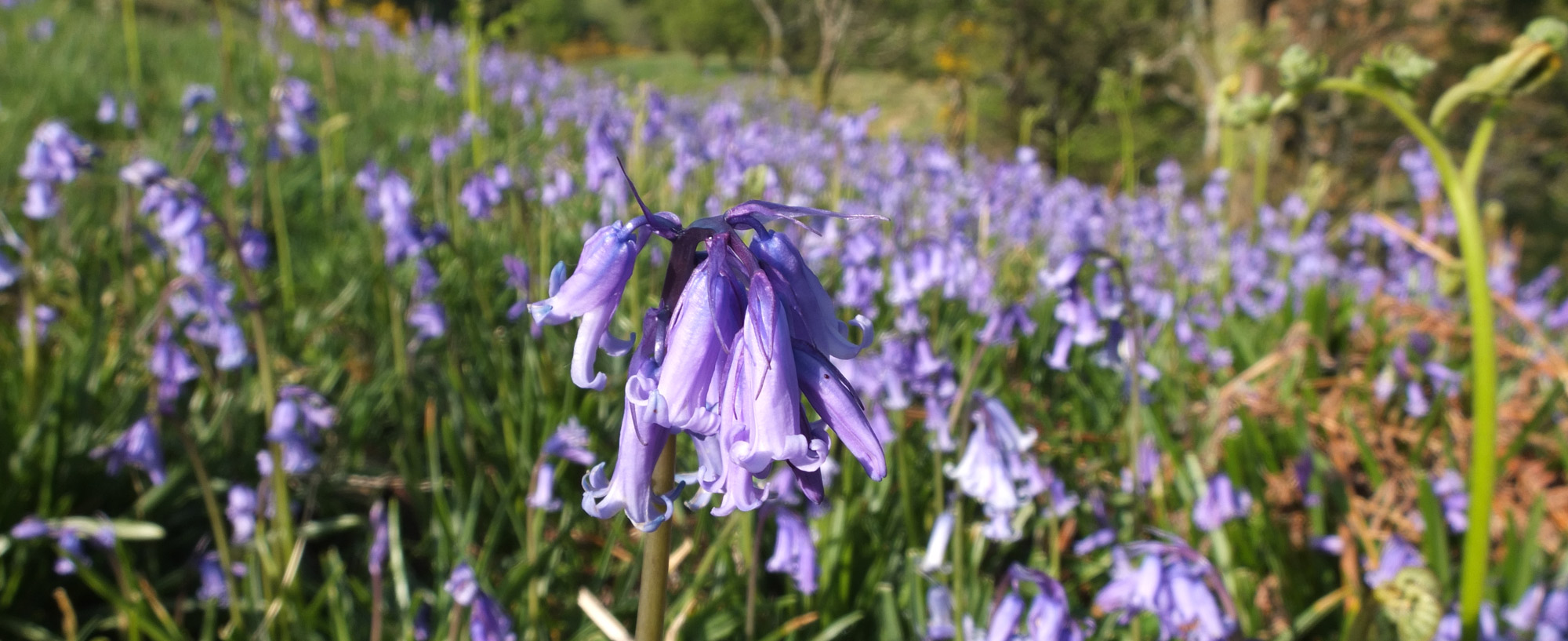For those of you following our blog our apologies for taking the winter off, but as spring at Yewfield starts to pulse through our veins and into the life of the garden and land it is time again to share with you the joys, beauties and dilemmas we experience in the outdoors here at Yewfield. We weren’t idle over the winter period mind, what with the planting of 500 trees in the forest and providing 29 cubic metres of firewood from the forest for the guest house and yoga weekends. We cleared storm damage and repaired a deer fence in the forest. We also redesigned the patio garden by creating a more relaxed space for the large round table and chairs for our guests to enjoy the many lovely dry sunny days we have here in the Lake District!
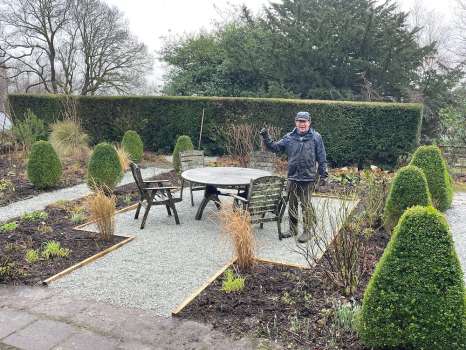
Last year we mentioned our intention to cut back on maintenance of the garden as we are both both past retirement age but what does that mean when you look after gardens and land? It is a dilemma we increasingly face as our bodies refuse to cooperate in ways we remembered they used to. When reducing maintenance in a garden the first sadness one has to accept is the fact that the growing of annuals will have to be cut back. Yes, that means vegetables I’m afraid. Perennials are a little less labour intensive but they need weeding, mulching, dividing and staking. So do we end up with a garden of lawns, trees and shrubs here at Yewfield? Lawns need mowing and even wild flower meadows need cutting, drying and baling; shrubs and hedges need pruning (we have half a kilometre of hedges at Yewfield!) and trees especially fruit trees need annual pruning and there is the problem of what to do with the fruit at harvest time. We love growing veg, we love our wild flower meadows and our fruit. So what do we do? Hire in more help, rewild the garden?
There are some tasks that are non-negotiable especially on the land. The ponies, our ecological engineers, need looking after and extra feed especially in the winter. Rose is in her thirties now, the equivalent of being in your nineties on a human age scale. So that means making our own hay both for their health, as it is full of herbs and flowers, and also because we have commitments to government conservation grant schemes. We are entered into Countryside Stewardship Higher Tier and to retain our flower rich hay meadows, some of the finest in the Lake District, we must continue to make hay in the old fashioned way.
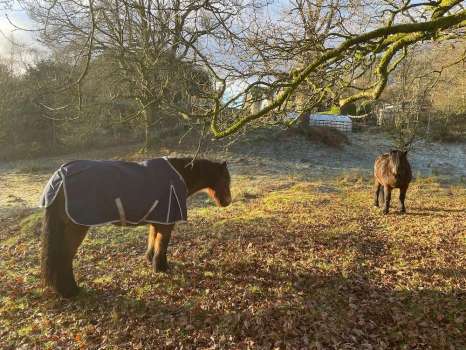
The other part of the estate that needs regular upkeep is the replanting and regeneration of our 50 acre forest that has suffered from larch disease and winter storm windblow. As mentioned above, we planted 500 young native tree and shrub saplings this winter and patched up a deer fence surrounding a seven-acre patch of forest affected by larch disease so that natural regeneration has a chance to get away. It is our modest experiment with rewilding here at Yewfield. It is never too late to try new things and learn from nature.
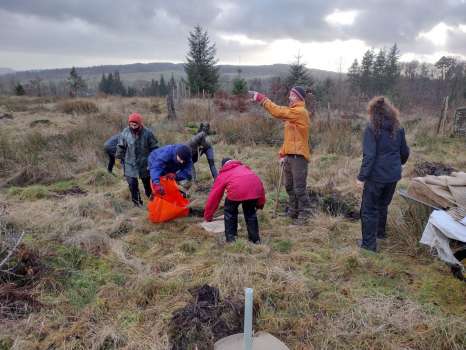
There is too much choice to be able to select one plant of the month but I will anyway. It has to be the Japanese cherry in full flower right now on the drive, called Prunus ‘Tai-Haku’. The tree has exquisite pure white scented flowers. In Japan it represents the Shinto ideals of impermanence, hope and renewal. A true metaphor for spring.
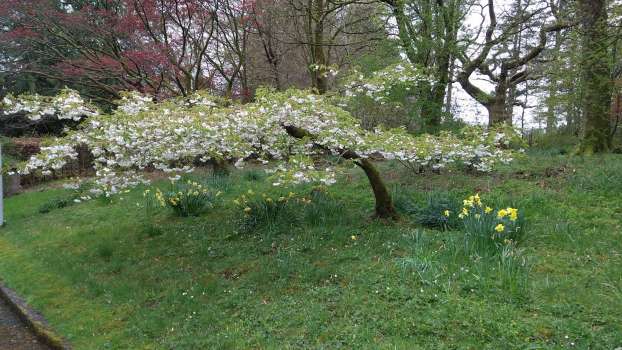
Go back to all blog posts or read the next entry in our blog here →
You can also read the previous blog post here.
